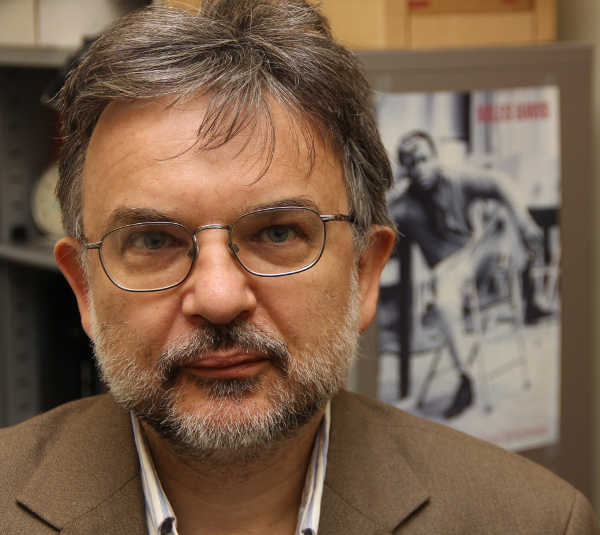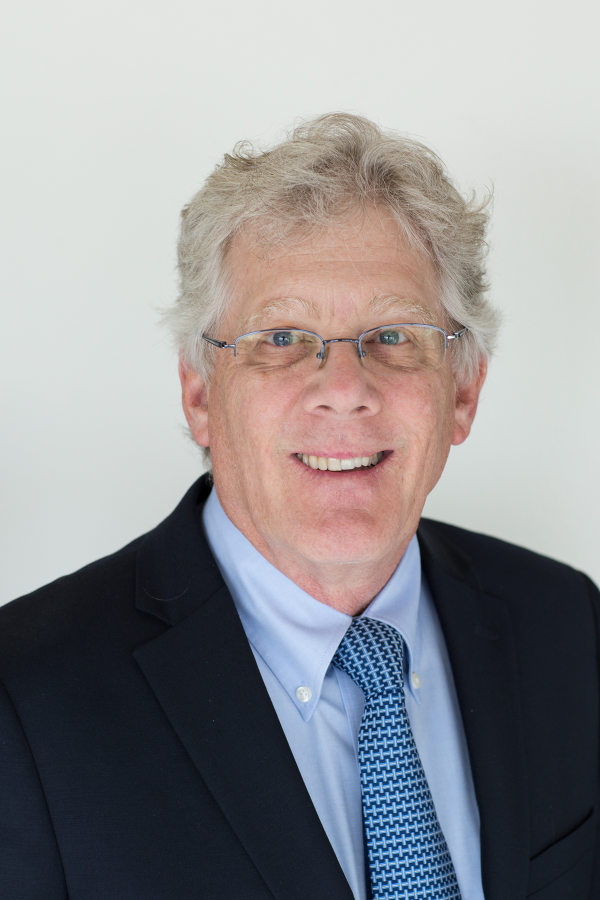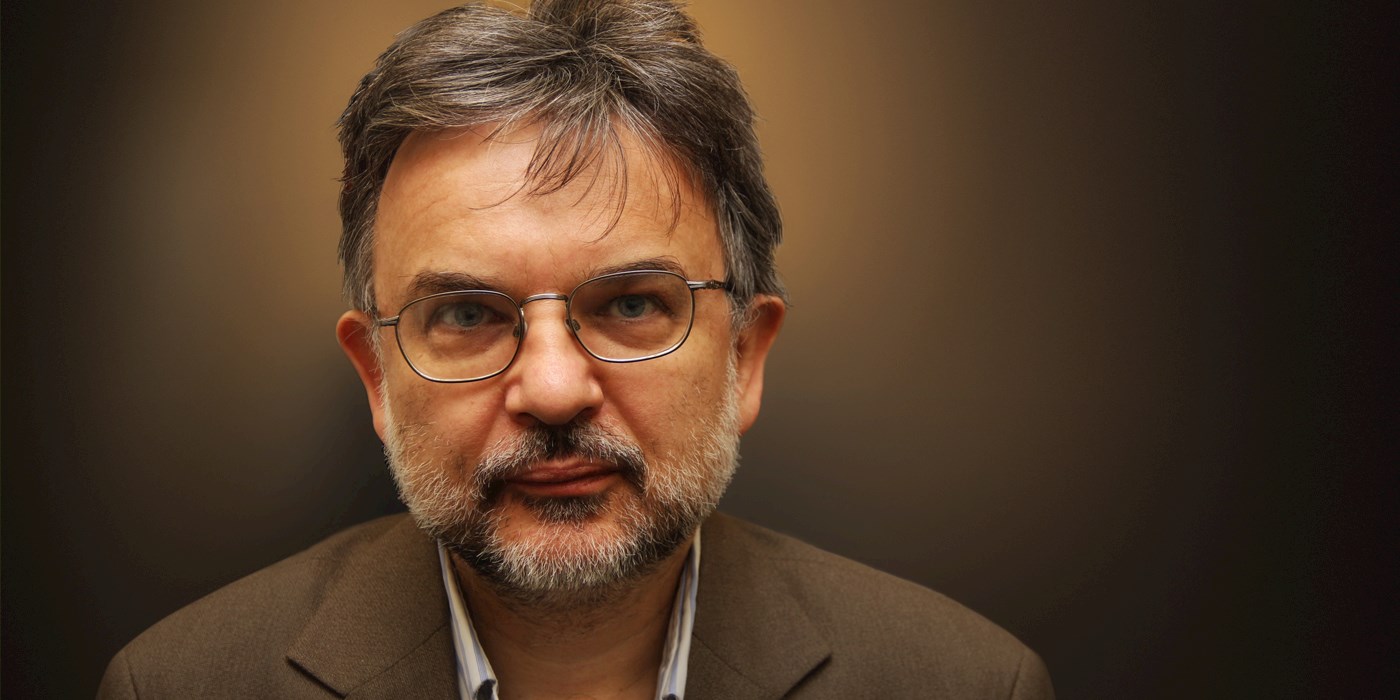David Ricci was walking through the slums of Calcutta, India, when a passenger train caught the sleeve of his shirt, throwing him under the front wheels. The bloodied 19-year-old American was rushed to see a doctor, who cut off his leg without anesthesia. Once he recovered enough to be airlifted to Seattle, Wash., doctors discovered that Ricci’s body was ravaged by four strains of bacteria resistant to antibiotics.
Antimicrobial resistance is a growing problem worldwide, one that Carnegie Mellon University’s Radu Marculescu is working to solve.
Marculescu is taking a radical approach to helping patients like Ricci fight off deadly infections. A professor of electrical and computer engineering, he doesn’t wear a white coat or work in a biology lab. Nor is the College of Engineering faculty member experimenting with new strains of antibiotics to kill bacteria that would otherwise wreak havoc in humans.
His weapon of choice is a computer.
The professor creates sophisticated computer models and software to study how bacterial strains communicate to form a biofilm. This thick shield-like structure that repels antibiotics is a protective mechanism for the bacteria and a deadly one for the human body.

The stakes in computational biology research have never been higher. With resistance to antibiotics growing, people are getting sick and dying from routine maladies such as urinary tract infections and pneumonia, as well as more serious ones such as HIV. Antibiotics that can fight off dangerous bacteria also are vital for surgical safety. They’ve become a part of the foundation of modern medicine.
Marculescu studies how networks of bacteria disseminate information to each other, much the way humans use social media platforms such as Twitter to spread ideas and information. In this case, the “chatter” is bacteria telling each other to coordinate their behavior and fend off antibiotics.
To observe and even predict how this insidious microscopic activity takes place, Marculescu’s software has the computational speed to handle a profusion of data rapidly, dramatically accelerating the pace of research. The method, he said, might reveal new avenues to explore.
“A computer can act as a computational microscope. It can show you things you’ve never seen before in the lab and even things you can’t imagine,” Marculescu said. “The computer gives you this flexibility, this repeatability of experiments. I can do an experiment 1,000 times in one day or 1,000 times during the night.”
Marculescu’s objective is to use that data to help develop synthetic molecules to disrupt those bacterial communications — much the way a spy jams the communications of its enemies.
Bacterial resistance isn’t a new phenomenon. For every new antibiotic on the market, resistant strains of the target bacterium soon follow. Traditionally, when a bacterium becomes resistant to treatment, a new antibiotic is developed.
In Marculescu’s view, that approach is a vicious cycle, a never-ending loop of new drugs working until networks of bacteria coordinate and figure out how to dodge them.
“We thought, ‘OK, you can’t get rid of the enemy. Let’s embrace the enemy. Let’s dance with the enemy,’” he said of his team’s approach.
Some biologists dismiss this relatively new field as too theoretical, he said.
“It’s a tough sell; it’s a paradigm shift,” Marculescu said. “I’m trying to show that this is a game for biologists and engineers alike. I personally believe that the computer engineers will play a bigger role in the future, because what’s the alternative if, God forbid, we don’t find a solution to this problem? You may go in for the most trivial infection and die.”
Ricci’s Race For Survival
That was a possible prognosis Ricci faced upon his return home to Seattle. He had never heard of the bacteria that threatened his life: Pseudomonas aeruginosa, Klebsiella pneumoniae, Morganella morganii and Enterococcus.

Surgeons cut out a section of his infected leg and placed him on broad-spectrum antibiotics, hoping one or more would fight back against the recurrence of the bacteria. He went home only to return four weeks later in excruciating pain. The surgeons found more tissue infected, removed it, and then gave Ricci colistin, which the doctors called “an antibiotic of last resort,” a drug so toxic it causes the same side effects as chemotherapy.
Fortunately for him — after eight months and three surgeries — the colistin was successful. But the threat of the infections returning hangs over him. Doctors have warned him there is a 30 percent chance they will return. For now, he lives his life and hopes for the best. Having learned to walk adroitly with his prosthetic leg, Ricci, now 24, is a college student majoring in biology and planning to pursue a career in antibiotic research.
In the meantime, he is counting on research by scientists such as Marculescu to help him achieve a healthy future.
Joining in Ricci’s sentiments is Henry Chambers, a professor of medicine at the University of California, San Francisco. He believes that alongside the painstaking work of biologists in the lab, research by the likes of Marculescu will be greatly beneficial.
“It will give you a guide on how to develop a drug. Let’s say you have a compound that sort of works, and you have computer data. Together they can inform you about your next step,” Chambers said.
It’s a next step we’re all counting on.




